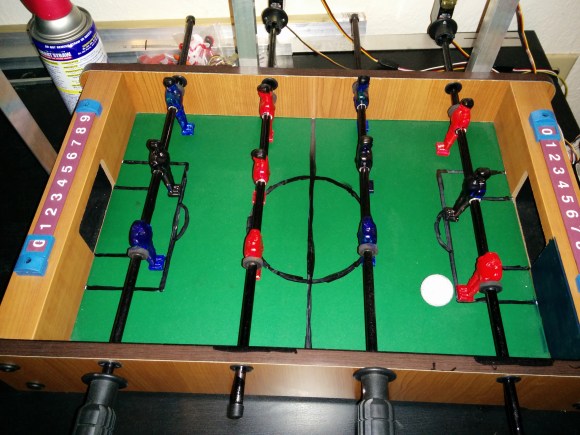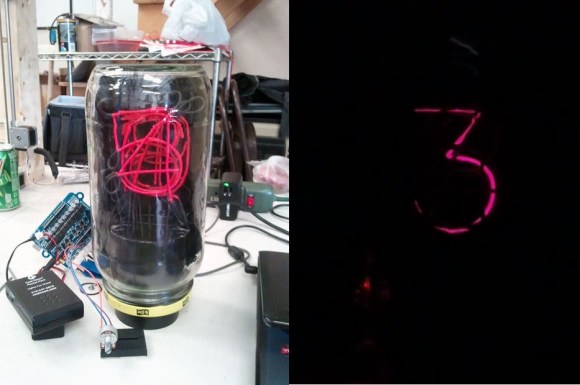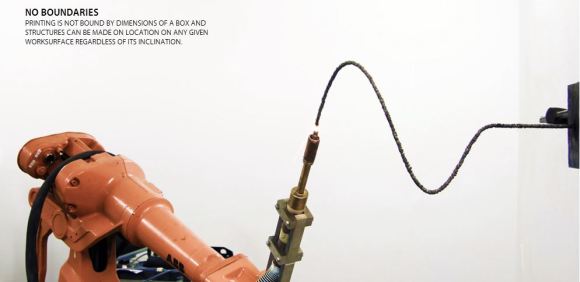
[Sam] just finished off this awesome 6 foot tall Tetris game using National Instruments myRIO with FPGA.
The build makes use of a 10 x 20 grid of RGB LEDs controlled by the myRIO. It’s played by using a web interface on any device, as long as you have WebSockets support. [Sam] had originally built it using an Arduino at the heart, but wanted a stand-alone device to do everything — no extra computer or Raspberry Pi for the web interface. That’s when he discovered the myRIO — it’s a pretty cool piece of hardware that we haven’t seen too much of yet, other than the recent Picasso with a Paintball gun project…
Don’t forget to watch the following video to see the game in action!
Continue reading “Giant Tetris Adds Some Retro To Your Room”
















